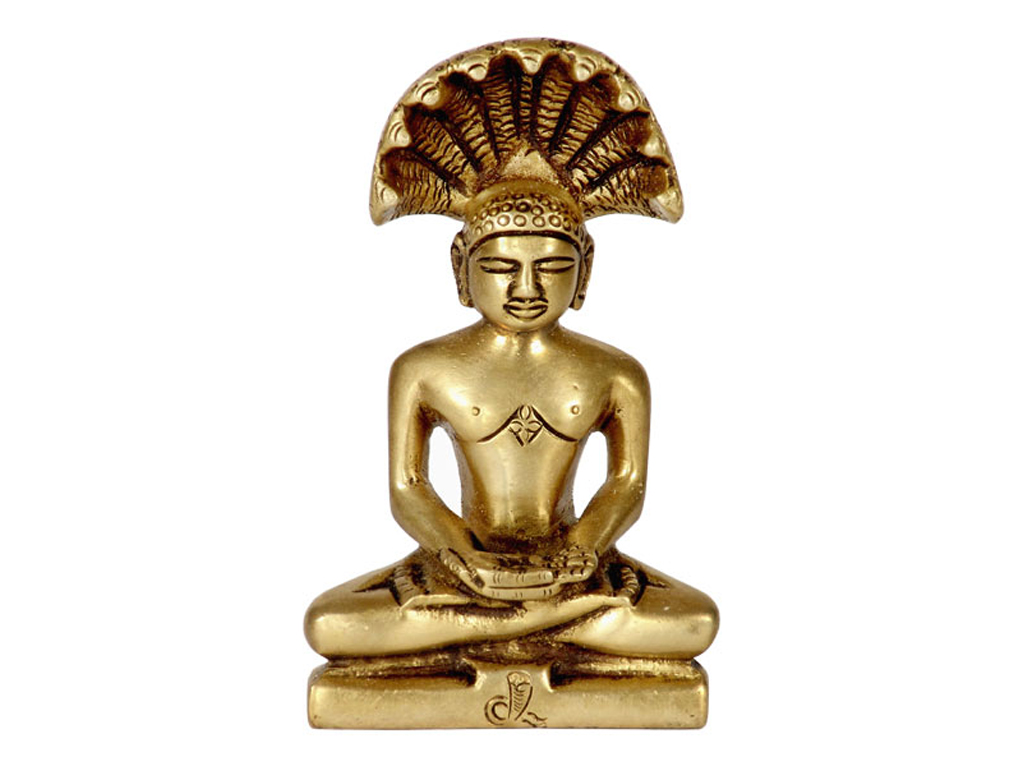Arab’s invasion on Sindh: Reason for the invasion and the importance
The successors of Hazrat Muhammad won Syria, North Africa, Spain, and Iran in 6 years, after his death in 632 AD. Arabs also thought to attack the Indian border and they attacked India by both water and land routes. But they did not get much success until 712 AD.
The political situation of Sindh at the time of Arab invasion-
Sahsiram first had right over Sindh, who was contemporary to Harsh. After the death of Sahsiram first, Sahsiram second became the ruler of Sindh (8th century). The Sahasiram II was assassinated by his own official Chch, he was a Brahmin.
Chch, married to the wife of Sahsiram second and became the ruler of Sindh. Chach had two sons – Dahir and Dahir Sim. After some time, Dahir Sim also died and Dahir became the ruler of the entire Empire.
Dahir established hardline Brahminism. He oppressed the Buddhists because of this. Though Dahir was a powerful ruler, he was also unpopular in the public.
Invasion of Arabs on India-
Arabs started invading Sindh. There are several reasons for the invasions of Arabs on India, which are as follows:
- Wealthiness of India – India was a prosperous country. Arabs have a greedy vision on it. Arab wanted to attack India and rob money from here.
- Expansion of Empire – Arabs had won Syria, Northern Africa, Spain, and Iran. After winning these areas, they wanted to expand their Empire and they moved forward for this. India too became the part of their policy.
- The spread of Islam
- Instantaneous reason: Pirates of the Deval area looted Arabian ships. Al-Hajjaj the Arab Governor of Khalifa Umar, asked for compensation from Dahir. Dahir denied giving damages.
Al Hajjaj sent his son-in-law and Commander Muhammad bin Qasim to invade Sindh in 712 AD. Hajjaj had also sent a campaign earlier under the leadership of Abdullah and Bardul, which Dahir made failed.
At first, Qasim won the territory of Deval (region of South Sindh) with the help of Buddhists of Sindh. After this Muhammad bin Qasim won Brahmanvad, Alor, Sikka, Multan, areas. In the meanwhile, Dahir was killed and the Arabs got the right to Sindh.
Jai Singh, son of Dahir, successfully confronted Muhammad bin Qasim for some years and in the end, he had embraced Islam.
Muhammad bin Qasim imposed a Jajiya tax on non-Muslim people for the first time in India. Sindh was this region.
In the name of Mansusbin Al Hajjaj the area named Mansura was settled. This area was also in the Sindh.
Arab could not be more successful in India-
The Arab did not go beyond Sindh, the Arabs challenged India, to face that, many powers were emerged in India, which has been established till 300 years. Like-
- Lalitaditya Muktapid in the north, who was the ruler of Kashmir. Lalitaditya had built the Sun Temple of Kashmir.
- There was Pratihar ruler (Nagabhata, Mihirbhoj) in Rajasthan.
- The Rashtrakuta ruler (Dhruvgovind Fourth) in Maharashtra, successfully confronted the Arabs.
Importance of the Arab invasion-
Arab’s victory on Sindh did not have any special effect on the political sphere. But it has a wider effect in cultural terms, such as- the Arab region was affected by the philosophy, knowledge, science, medicine, and mathematics of Indians. The Arab influenced the life of the Indian people and they themselves influenced by the life of people here.
Alfajari translated Brahmagupta’s books into Arabic. Sindh was the origin of the Sufi religious sect where Arab people lived. The influence of Buddhism can be seen on Sufism. Arab adopted the Decimal system from India in the 9th century.
This Indian knowledge reached to the European countries through Arabs, which resulted in the Renaissance in Europe.
Some prominent scholars of India like – Mal, Manak, Dhanak, Sindabad, etc are established at higher positions in the Arab region. A doctor named Manak had successfully treated Khalifa Harun.
Due to the Arabs, the business activities of India spread to the west and the African territories by the sea routes.
Reference : https://www.indiaolddays.com/




